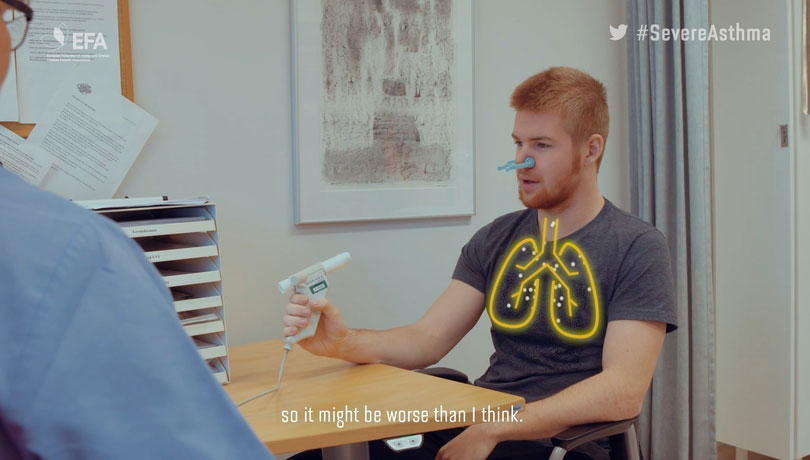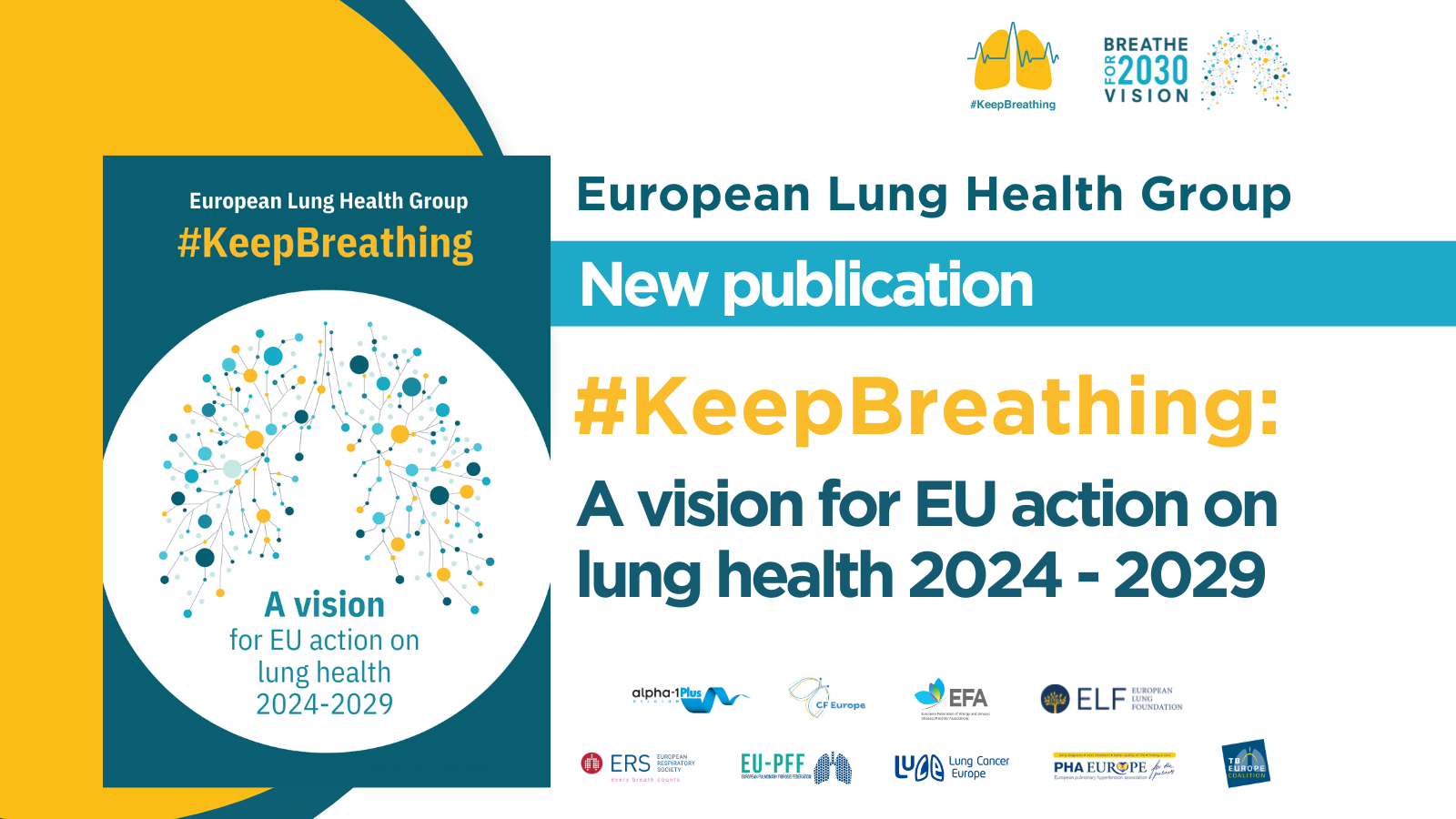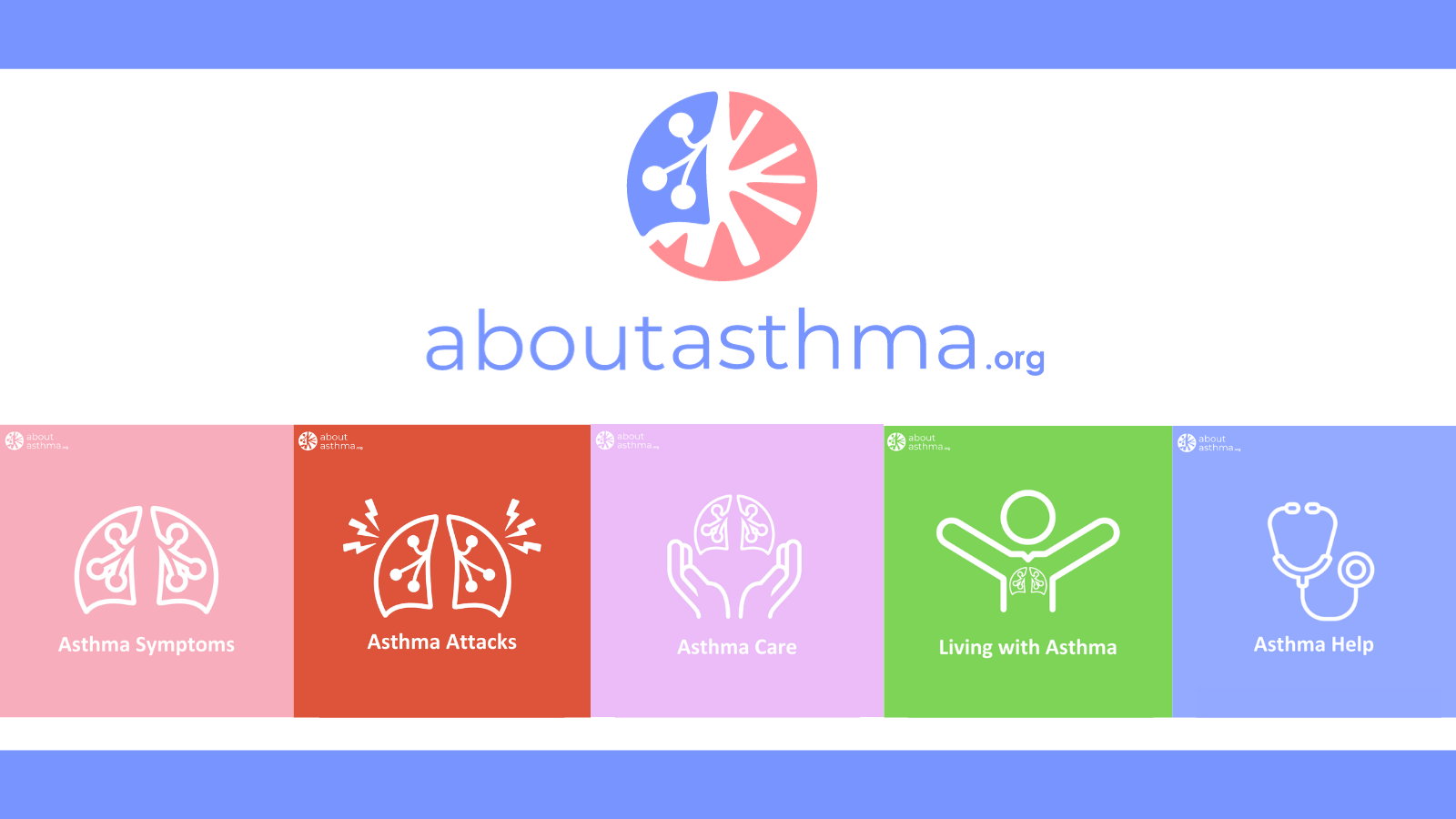We are in the middle of the final exam period at school and students all over the world are doing their best to perform great. However, kids that have missed some lessons due to health issues might find more difficulties than healthier ones. Asthma is the most common chronic disease in children that has no found cure yet. What is more, the disease affects a higher percentage of low-income and minority children, resulting in high absenteeism in schools, which can negatively impact their academic achievements and later professional success.
American health professionals have recently launched a study focusing on the effects asthma has on school absentee rates in children, together with a novel program called “Building Bridges for Asthma Care”. As children spend much of their time in school, the programme considers a school nurses are very well positioned to help those children. Through the programme, school nurses work with asthmatic children and their families, as well as their primary care providers to address asthma, so the child does not miss as much school.

The program covered eight elementary schools in Colorado during the 2013-14 school year. School nurses identified, screened and then enrolled these children, having inadequately
managed asthma in the program. Their asthma was monitored, the children were taught how to use rescue inhalers, and school nurses served as a connection between physicians, caregivers and parents to help raise awareness and support for these children’s asthma treatment plans.
Data on children missing school was collected for the 2012-13 to 2013-14 school years and researchers found that it decreased almost 12%. For children with asthma that were not part of this program, absenteeism increased by almost 9%.
Although the existing data is based just one district, this example shows that better asthma control is possible through a better coordination and collaboration between parents, health professionals and school staff.
To learn more about the programme, please read this article published by Lung Disease News: http://bit.ly/1AWohwX
Author of the picture, ccarlsted.












